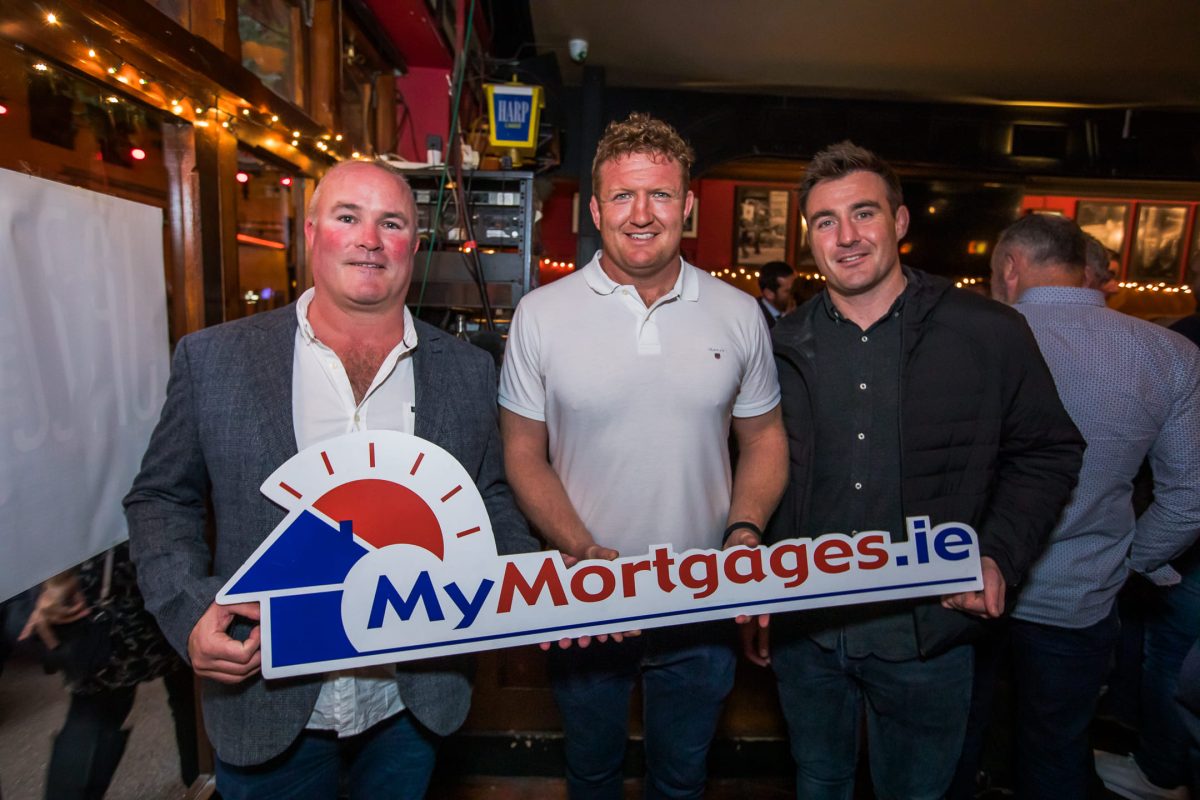Property Finance expert Sinead Ryan on how the fast changing mortage market is shaping up for home buyers in the new year
How much is your House worth in 2019?
The Year in Numbers
For those looking to borrow for a home in 2019 there is generally better choice for buyers on the lending front than at any time through the last 10 years. It helped in the capital that house price inflation cooled somewhat but elsewhere, strident inflation was still the order of the day.
The good news from 2018 was that banks were ready, willing and able to lend more than at any time since the crash. The bad news of course was the continued contraction of housing stock and Central Bank limits on borrowing meant the mortgage market remained sluggish.
Now as we are into 2019, there is mounting evidence borrowers are more cautious about choosing a lender rather than piling in multiple applications. Loan approvals are up 4.5pc year-on-year to November, to 45,493 and 3.3pc by value, to just over €10bn.
First-time buyers (FTBs) account for over half of all activity, according to the Banking and Payments Federation, state-aided as they are by generous tax schemes, cash back offers from banks and lower deposit requirements than other borrowers.
Then there’s help-to-buy, which runs until the end of the year and essentially knocks 20pc off the value of a new property.
However, the real shift this year is in the trader-upper market with mortgages up 33pc by volume and 19.7pc by value.
This has been helped by the general rise in property values, leading many who were stuck in small homes with negative equity, making the move out of both during 2018.
Joey Sheehan, Head of Credit with MyMortgages.ie says it was their fourth consecutive year of 30pc+ growth in applications and drawdowns.
“There was a marked increase in the appetite for borrowing and the recovery in prices meant sufficient equity to shop around for many existing borrowers”.
The real problem, he warns, is supply. “We have many clients who are having to renew their approval, as it often only lasts six months, but they can’t find a property in that time and estate agents will insist on evidence of mortgage approval for sales”.
With prices stabilising around Dublin and its commuter counties, this should allow more even movement throughout the year.
Fixing vs Variable
Fixed rates continue to dominate the market, and indeed, most lenders now recognise the value of locking in customers by offering better rates over Variable.
“Nobody should pay more than 3pc per annum if they have any equity”, says Sheehan, and it’s possible now to get a mortgage for a little more than 2pc if you look hard enough.
Cash back
Many borrowers remain skewed by cash back and other gimmicks offered by some banks in an attempt to lure them. PTSB gives 2pc cash while Bank of Ireland and now EBS offer an additional 1pc after five years. For struggling prospective home-owners, it’s the equivalent of getting their stamp duty paid. However, not everyone is a fan.
Brendan Burgess of Askaboutmoney.com says these offers help maintain high interest rates for existing customers.
“I would ban cash backs. At the moment, Bank of Ireland competes for new business by confusing people. They give them 2pc cash back so they keep their rates high; their cheapest rate is 3pc, but they won’t get any new business at 3pc, so they offer 2pc cash back. If they were banned from giving cash back, they would have to reduce their rates to match the 2.3pc offered by Ulster Bank”.
Interest rate rise
It has long been a bugbear of borrowers and (opposition) politicians that Irish people pay double the average European mortgage interest rate — 3.06pc vs 1.77pc. It’s the equivalent of €215 extra every month on a €200,000 mortgage.
While the lenders cry beal bocht over the cost of lending peculiar to Ireland, this is a little disingenuous.
New borrowers continue to subsidise, to an alarming extent, both loss-making trackers and the propping up of non-performing loans of other customers.
The Central Bank’s amendment to the Consumer Code now requires lenders to advise their customers (much like turkeys voting for Christmas) whether cheaper rates are available to them. While switching is a good thing, barely 1pc of people do it. The barriers of cost and hassle coupled with widespread financial illiteracy means most of us aren’t bothered enough, or don’t understand enough, to follow through.
“Irish banks operate a confusopoly”, says Burgess, “Because most people find mortgages difficult to understand, they don’t understand finance and percentages and interest rates seem to be a particular problem — they will buy petrol at a cheaper petrol station because that is easy to understand. They [banks] make it very hard for customers to understand the best deals. They require customers to be proactive”.
There was a call throughout 2018 to cap interest rates, a populist suggestion now being considered by Government. It’s rock-and-a-hard-place territory for Finance Minister Paschal Donohoe, however. His first goal is to get banks off state books. Prospective investors, already stalling due to our strict rules against repossession, won’t be attracted by stilted profits, but it’s one to watch for 2019.
New players
This month sees the closure of the Central Bank’s consultation of credit union lending. Pegged as a growth area in the market for 2019, their capacity to lend is enormous.
Claire Byrne, CEO of the country’s largest credit union, An Garda Siochana’s St. Raphael’s, says she very much welcomes the consultation to which they contributed. “At present we are restricted to lending a maximum of 15pc of our loan book. Although we started offering mortgages when the new regulations appeared in 2016, we could do three times the amount we currently lend if we were allowed to based on assets”.
St. Raphael’s has assets under management of €430m but had to stop offering mortgages after being ‘hugely over-subscribed’ at €150m. “We have 36,000 members and they like the idea of borrowing home loans from their credit union. We would also like to see the term expanded — at present it’s for a maximum of 25 years, unlike banks who can offer longer terms.”
More credit unions are coming on board in 2019 but they won’t offer cheaper interest rates. “We have one interest rate”, says Byrne, and at 3.75pc it’s certainly on the high side, “but it’s the same for everyone, new and existing and we have free life insurance with that”, she adds.
Finance Ireland is taking over Pepper’s book and will be actively offering new loans while An Post will take another foray into banking once it establishes a fintech partner — submissions close on January 30
Source: Irish Independent: https://www.independent.ie/business/personal-finance/property-mortgages/how-much-is-your-house-worth/2019-more-choice-more-confusion-and-credit-unions-looming-
MyMortgages Limited trading as MyMortgages.ie is
regulated by the Central Bank of Ireland.





